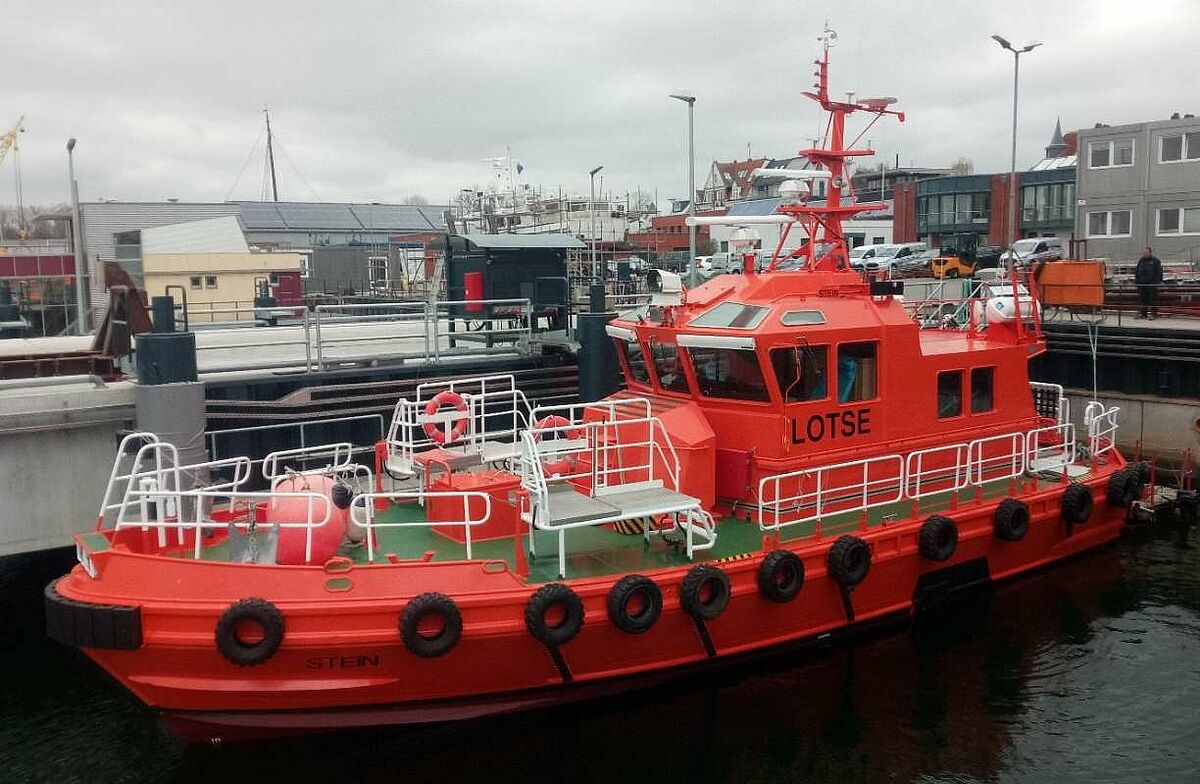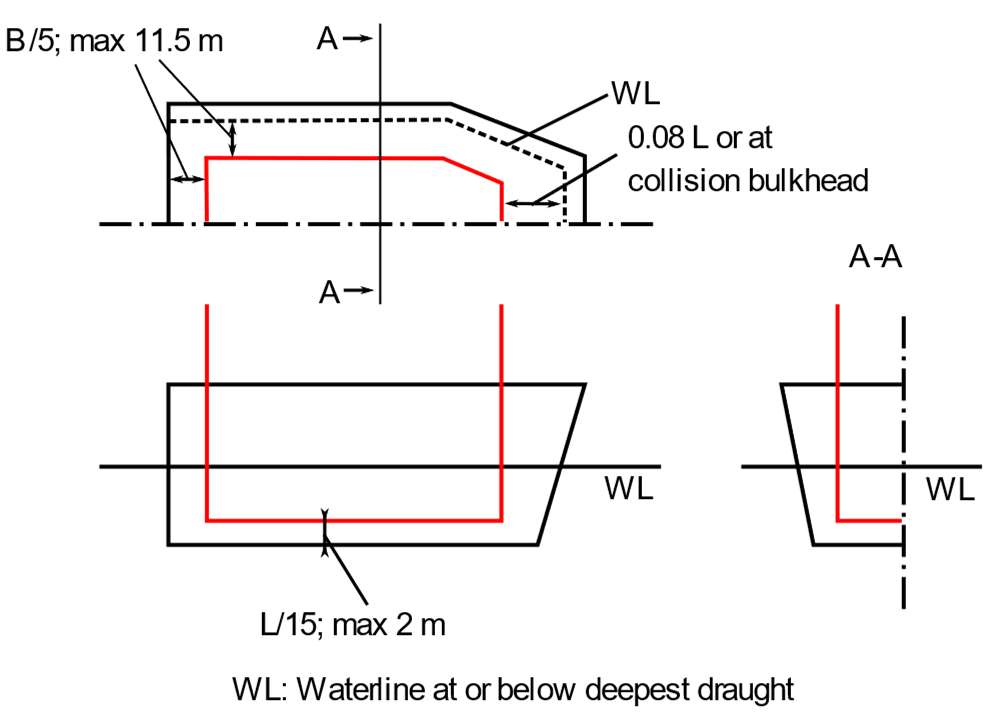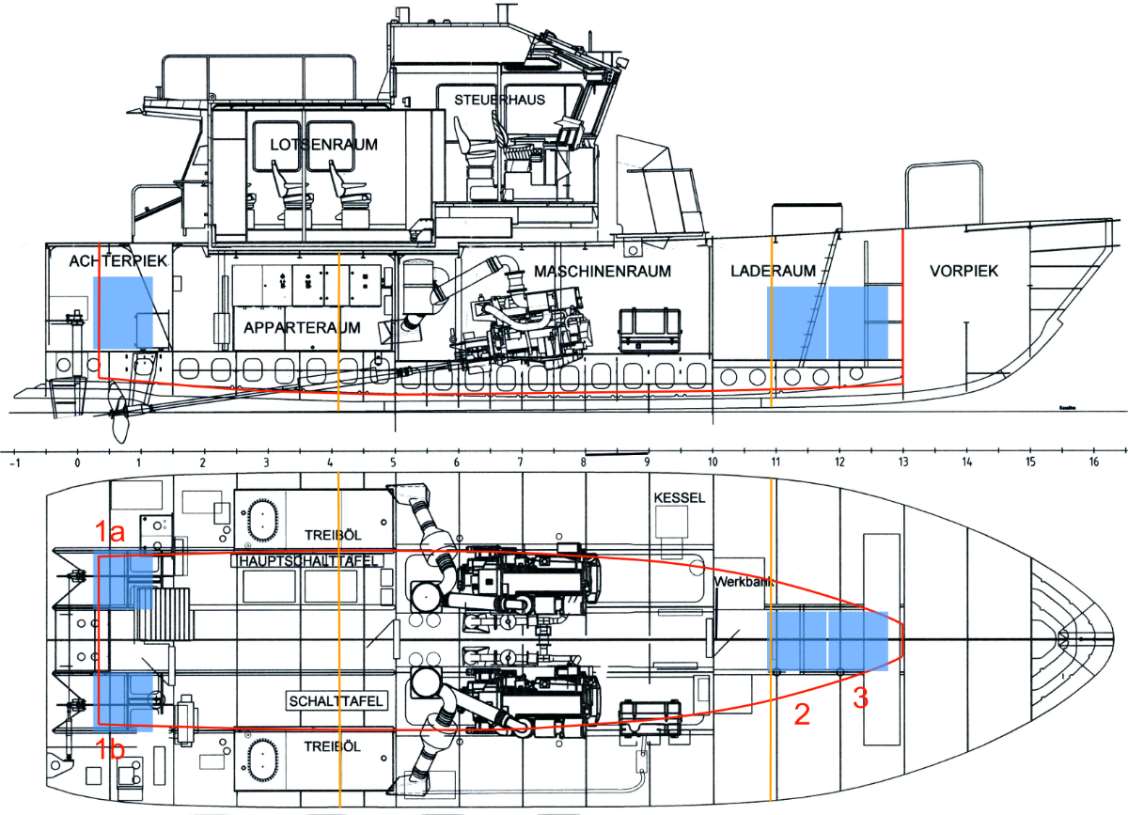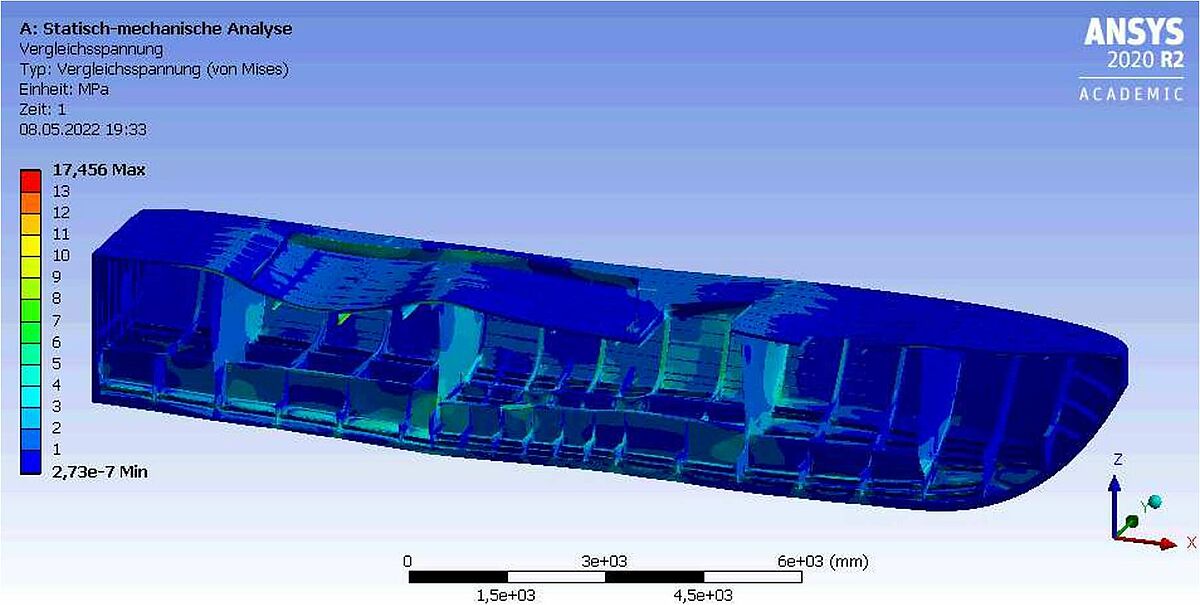Titel:
Flüssiges (Bio-)gas als treibende Kraft für die Entwicklung und Nutzung der grünen Energietechnologie
Beschreibung:
Für eine industrienahe Wirtschaft hat eine qualitativ und quantitativ zuverlässige Energieversorgung eine hohe Priorität. Die Energiewende erfordert jedoch eine beschleunigte Nutzung regionaler Ressourcen. Dies impliziert die Diversifizierung der Energiequellen und die Nutzung aller vorhandenen Potenziale. Im globalen Netz wirtschaftlicher Strukturen gewinnt eine unabhängige Stromversorgung auch auf Kosten höherer Energiekosten zunehmend an Bedeutung.
Ein intensiverer Einsatz alternativer Kraftstoffe trägt wesentlich zur Verbesserung der Umweltleistung bei. Dies wirft jedoch eine technische Herausforderung im Zusammenhang mit der Energiewende auf, nämlich die Speicherung und Verteilung hoher Energiemengen, beispielsweise in Form von flüssigem Biogas oder Erdgas. Dies ist ein spezifisches technologisches Problem, mit dem sich das Projekt befassen wird. Indem gemeinsam Lösungen entwickelt und eine technisch/ technologische Plattform für eine breitere und universellere Nutzung von (Bio-) LNG in Mikro-/ Nanoform (z. B. in einem dezentralen Energieversorgungssystem) als ein alternativer Kraftstoff in der Zukunft geschaffen werden. Um alle notwendigen Aspekte abzudecken, ist der Inhalt des Projekts in zwei Teile unterteilt. Zunächst wird ein Kooperationsraum geschaffen werden, der für die Interaktion zwischen den Hauptakteuren erforderlich ist und die Entwicklung sowie Nutzung von (Bio-) LNG-Technologie, -Produkten und -Dienstleistungen im Mikro- und Nanobereich beschleunigt. Im zweiten Teil werden mögliche Anwendungen der (Bio-) LNG-basierten Technologie vorgestellt, um das Bewusstsein für den Mehrwert von (Bio-) LNG-bezogenen technischen Lösungen zu schärfen und das Wissen über ihren praktischen Beitrag zur Stärkung der ökologischen Nachhaltigkeit und der wirtschaftlichen Innovation des Südens zu erweitern Baltische Region. Diese Anwendungen umfassen:
- Entwicklung und Einrichtung einer (Bio-) LNG-Station zum Betanken von Booten
- Umstellung eines kleinen Schiffes auf (Bio-) LNG als Treibstoff
- (Bio-) LNG-Lösung für ein dezentrales Energieversorgungssystem für Gebäude
- Entwicklung und Einrichtung der (Bio-) LNG-Station zum Betanken von Lokomotiven
Quasi-static strength analysis of a ship retrofit with LNG-Tank




As part of work package 3.2: “Preparation of analysis presenting types of small-ships in use for conversion to LNG usage”, the University of Rostock developed and published several topics on the conversion of small ships to LNG. The students then had the opportunity to choose one of these topics for their study or even bachelor thesis. One of these topics was the retrofitting of a pilot ship with LNG tanks. Here, the University of Rostock was supported by the Lotsbetriebsverein e.V. (Kiel branch office). They provided the technical document of their Swedish pilot boat and declared their interest in the result of this study work. The author of the work is Mr. Joachim Foedtke, a student from University of Rostock.
Due to the characteristics of LNG, there are several risks for ships. The low temperature can cause brittleness, vaporization and thus expansion due to heat, and lastly, the gases can form an explosive atmosphere if they mix with air. Therefore, it is important to ensure the safety of the entire LNG storage system. One of the most important regulations for LNG on ships is the IGF Code for ships using gases or other low-flashpoint fuels. This specifies the types of tanks that may be used on ships, the minimum distances that must be maintained from the ship’s hull and how to categorize the spaces in which parts of the fuel system are located.
Furthermore, it is important which type of tank is used, since the different types require different approaches. In this work, type C tanks were used because they are decoupled from the ship’s structure and can be freely placed. Nevertheless, they must comply with the regulations of the IGF Code, which defines specific spaces in the ship. Since type C tanks can be classified as cofferdams, only the tank connections and the surrounding space must comply with the strict regulations.
Based on these regulations, a lot of spaces on the vessel cannot be used for additional tanks. Thus, only two spaces can accommodate additional tanks. These are the aft peak and the cargo hold. In consideration of the existing equipment, it was determined that each possible space can accommodate up to two tanks, allowing for four tank positions. Afterwards, it was investigated whether they have an impact on the floating position. The result is that they change the draught by 6 mm when they are full and, in relation to position, cause a change in trim of about 30 mm when full.
In order to investigate any changes in the structural behaviour of the hull, a static FEA was performed. For this purpose, a highly simplified 3D model was used, which was created based on the technical documentation of the Lotsbetriebsverein e.V. (Kiel branch office). Boundary conditions were then defined, including hydrostatic pressure on the hull, gravitational loading on the entire structure, load cases for the tanks and a load distribution representing the current equipment. The resulting analysis shows that the structural stresses and displacements of the structure are almost negligible compared to the overall ship structure. Even if all four positions contain tanks, only the floating position of the ship experiences a visible change.
Click here to download full article.
Liquid Energy Conference 2022
The Liquid Energy Conference 2022 took place in Rostock at the end of November. It was hosted in the rooms of the Rostock Exhibition Hall, which is located on a former IGA site. This provided a pleasant atmosphere and sufficient space for the conference.
With the topic "Micro- and nanoscale LNG and bio-LNG market - challenges and opportunities", the conference could not have been timelier, in times when new possibilities for energy use are becoming more and more necessary. In addition, the decision to build an LNG terminal in Lubmin has created a potentially important link to create this entirely new market in northern Germany as well. This was not only presented, but also analysed and discussed during this conference.
Click here to read full article
Ansprechpartner:
Prof. Dr.Eng./Hiroshima Univ. Patrick Kaeding
Dipl.-Ing. Kai Andrich
Förderer:
Interreg South Baltic Programme
Europäischer Fonds für regionale Entwicklung
Partner:
- Gdynia Maritime University - Maritime Institute (PL)
- Gesellschaft zur Förder. des Hanseatic Institute for Entrepr. and Reg Dev. an der Uni Rostock e.V. (DE)
- Maritime University of Szczecin (PL)
- Metropolitan Area Gdansk-Gdynia-Sopot (PL)
- Association for the Promotion Knowledge about Sea (PL)
- Inwl gemeinnützige GmbH Institut für nachhaltige Wirtschaft und Logistik (DE)
- Klaipeda Science and Technology Park (LT)
Website:

